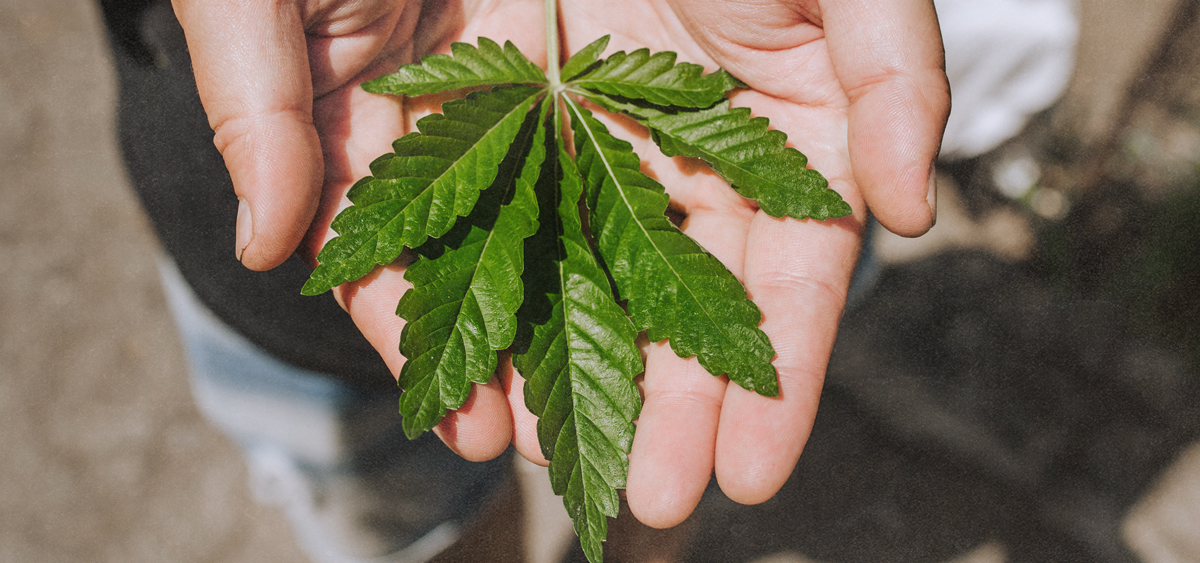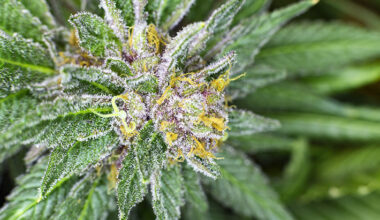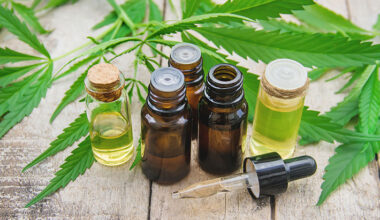The modern advent of Delta-8 THC products and other synthetically produced cannabinoids has wrought the excitement and concern of cannabis enthusiasts across the country: excitement because many consumers can now legally access THC products for the first time in their lives, and concern because these synthetically produced cannabinoids have yet to be fully investigated and verified for consumer safety.
In a recent ProjectCBD report titled “Special Report on Cannabinoids & Chirality: The Promise and Pitfalls of Synthetically Produced CBD,” Dr. Matthew Elmes, Ph.D., details the process for creating these cannabinoids — an organic chemistry process called chirality, “which is rooted in simple elements of geometry” — and discusses its many possibilities and potential pitfalls.
Chirality describes when seemingly mirrored objects do not quite match up as a true mirror image would. For humans, the most recognizable example of chirality is the differences between our left and right hands: while they may appear at first glance to be mirrored versions of one another, the differences are immediately obvious as soon as you try putting your left hand into a right-handed glove. The same concept applies to naturally occurring chemical compounds like cannabinoids, and chemists can (and have) experimented with the chirality of such compounds to synthesize the creation of cannabinoids that both do and don’t already exist in nature.
According to the report, synthetically produced cannabinoids could “hold the key to turning THC or CBD into even better therapeutics — or alternatively it might unleash some new hidden dangers.” There simply has not been enough research to determine the potential pitfalls of the “unusual chiral permutations of these compounds,” and federal regulators have so far failed to address the issue.
Note: synthetically produced cannabinoids have already impacted the market, such as Delta-8 THC and even the pharmaceutical THC found in Marinol, an FDA-approved nausea medication. Additionally, synthetic compounds are already very common in other industries: caffeine, for example, is a naturally-occurring compound but the caffeine found in colas or energy drinks is almost certainly made in a lab, the report highlights.
“Agricultural cannabis will likely remain the predominant force within the industry, but synthetically produced cannabinoids will inevitably claim a significant share of the market in the coming years.” — Dr. Matt Elmes, author of the ProjectCBD report
To learn more, read the full report at ProjectCBD.org.
Get daily cannabis business news updates. Subscribe
Medical Disclaimer:
The information provided in these blog posts is intended for general informational and educational purposes only. It is not a substitute for professional medical advice, diagnosis, or treatment. Always seek the advice of your physician or other qualified healthcare provider with any questions you may have regarding a medical condition. The use of any information provided in these blog posts is solely at your own risk. The authors and the website do not recommend or endorse any specific products, treatments, or procedures mentioned. Reliance on any information in these blog posts is solely at your own discretion.






